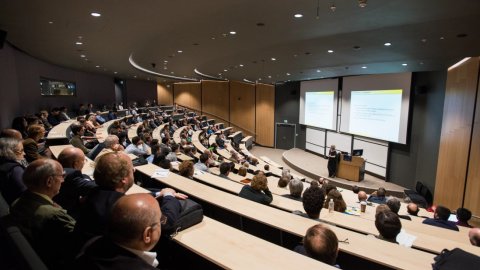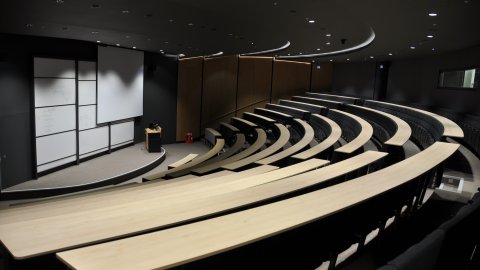Tue, 04 Nov 2014
15:45
15:45
L4
Cobordisms between tangles
Akram Alishahi
(Bonn)
Abstract
In a previous work, we introduced a refinement of Juhasz’s sutured Floer homology, and constructed a minus theory for sutured manifolds, called sutured Floer chain complex. In this talk, we introduce a new description of sutured manifolds as “tangles” and describe a notion of cobordism between them. Using this construction, we define a cobordism map between the corresponding sutured Floer chain complexes. We also discuss some possible applications. This is a joint work with Eaman Eftekhary.




